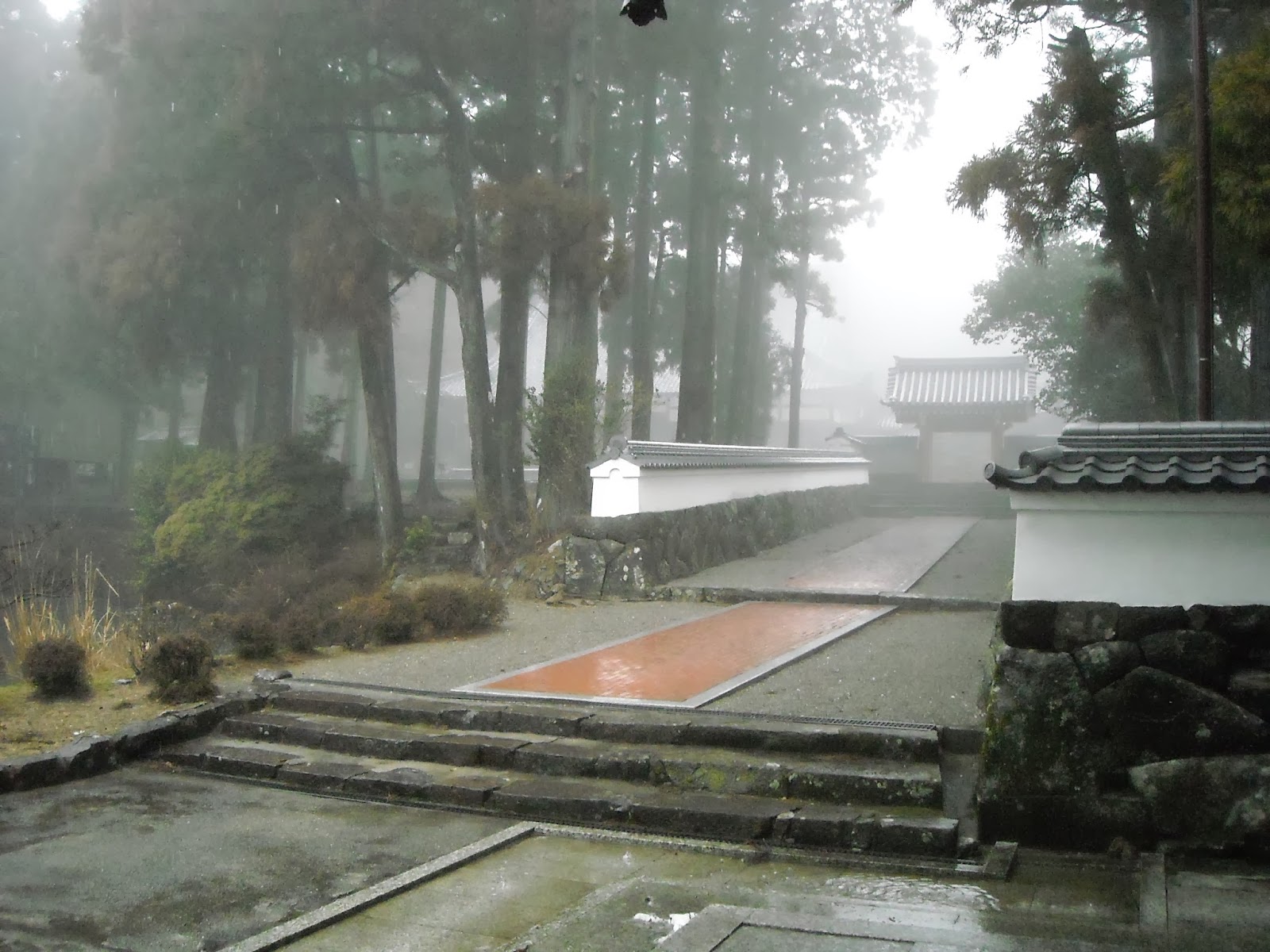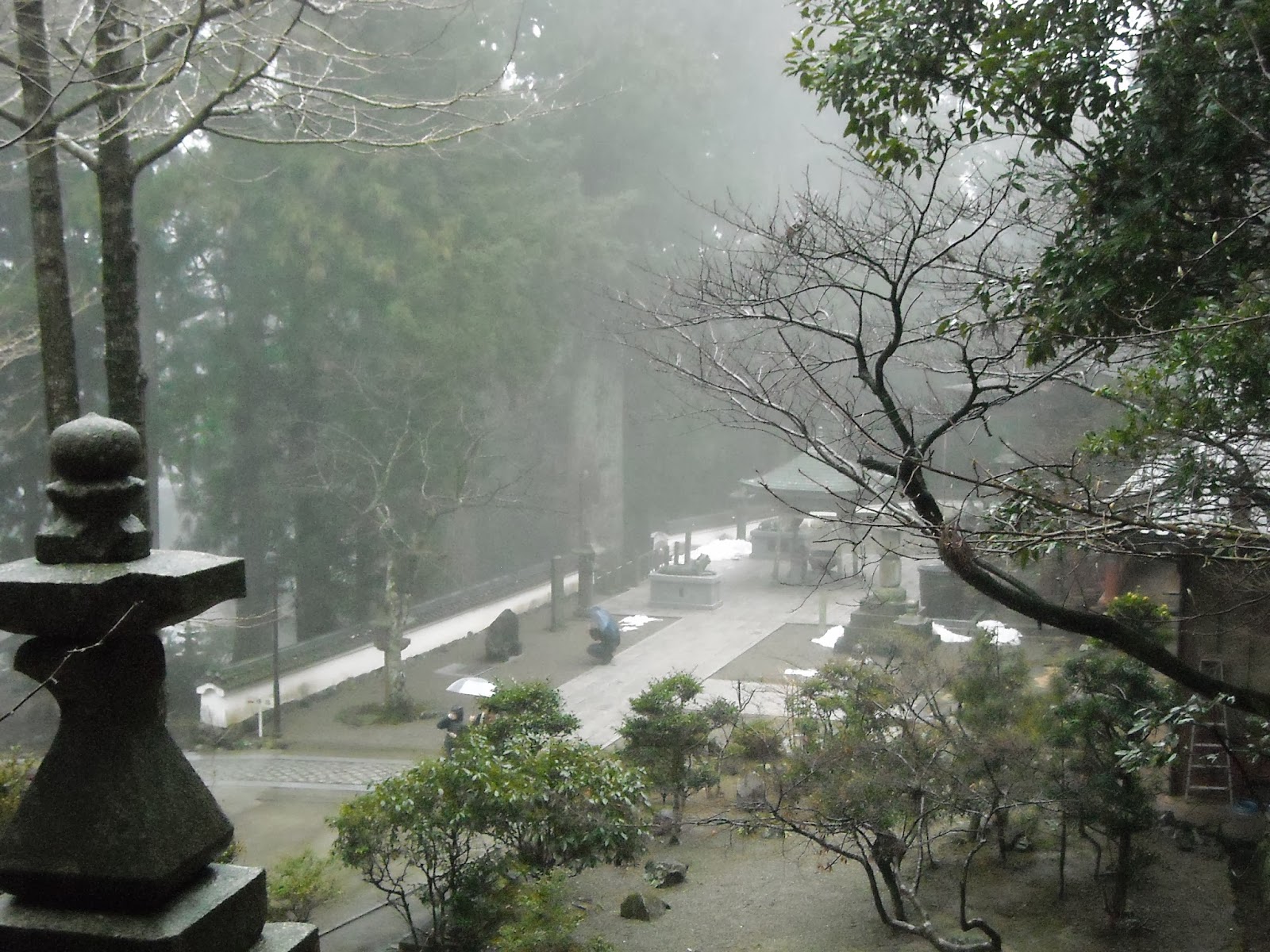One more day has ended in Japan already. We have survived almost one week, but there is still a lot more to come!
Today I thought about giving you guys something very special to start with. If you remember the post ''The First day'', you might also remember the dance group that we watched in the University. I did say that I was going to try to get the video of that group and guess what.....Yess! I finally got it! Everything thanks to my friend Izabella which I thank a lot for this video that I'm now going to present to you guys.
Unfortunately the video is too big for this blog to support, so please follow the link below to my facebook!
Please enjoy! (at 0:30 the volume gets higher)
I call your special attention to the awesome kid's voice who's narrating and also the joy in everyone's face.
https://www.facebook.com/photo.php?v=707957279256238&set=vb.100001259175418&type=2&theater
Our 2 morning classes were about the Shinbutsu Shûgô and the Mount Asama. First, lets leave the Shibutsu Shûgô matter for last and focus Asama. If you've watched previous pictures of Ise city, you may have noticed this cordillera of mountains on the horizon.
The highest peak is the Mount Asama, a mountain that covers the southeast side of the Naiku, protecting it from the Pacific winds. Its height reaches the 555m and it's the most famous mountain in Mie Prefecture. Unfortunately, the weather was, indeed, cloudy and rainy, which prevented a pretty view. On the other hand, this weather's inconvenience also resulted in some advantages.
At 13:10 p.m, under the heavy rain, we got into a van which took us on a 15 minute ride to Mount Asama.
(view from the back window of the bus)
After reaching a certain point, near the top, the van stopped in front of a Buddhist Temple, called Kongô Shôji.
When I first saw the entrance, it became clear that it was, indeed, a Temple, and not a Shrine, which bothered me, since I don't appreciate Buddhism at all. Suddenly, I remembered the classes that we had in the same morning, and, after a little tour within the Temple, I realized that there was an unique sinergy inside.
Once we reached the worship building (as you can see in the video above), we were prevented from taking pictures from the inside, due to the its sacredness. Upon entering the sacred room, we saw an enormous altar filled with golden statues and other objects. There were 2 big golden chandeliers, adorned with small bells and dragons, that almost reached the floor. Behind the great altar, there were 4 others, where one of them was dedicated to Amaterasu-Ômikami.
For those who might not know, Amaterasu is a Shinto Kami which has no place in Buddhism. Also, the above picture shows a Temizuya (purification fountain), sorrounded by a rope (shimenawa), both symbols of Shinto Shrines, not Buddhist Temples.
It quickly became clear that this Temple had objects, structures and symbols from both religions, a unique sinergy that can only be explain by the Shinbutsu Shûgô. Since the 6h century, when Buddhism entered in Japan, the japanese accepted its teachings, applying them to their own Shinto traditions. From that moment on, the historians say that both religions were combined within the so called Shibutsu Shûgô syncretrism, joining Kami and Buda together, under the same belief. The famous Amaterasu-Ômikami was actually refered as being a Buda. Although the Shinbutsu Shûgô syncretism was destroyed in the 19th century, there are still some rare temples devoted to those teachings, like the Kongô Shòji. Remnants of a time long forgotten.
This idea makes us think about how old the temple really is. That same question can be applied to the giant trees that sorround this buddhist structure.

For those who might not know, the Buddhism, in Japan, is linked to funerals, which takes us to our next video. Can you guys guess what it is?
Besides the nature's silence and the snow, the above video calls our attention to a special kind of graveyard. In here, we don't find bodies, but giant wooden boards filled with names of buddhists who died. Thanks to my friend Sara, I can tell you guys that same boards hold more than one name. This additional names are those of the people who helped setting up the funeral. Some boards are clearly bigger than others, a sign of family wealth. A family that doesn't leave a generation to carry on with its name, will see its last member's wooden board placed within a graveyard for orphans, to prevent any problems caused by his tormented spirit. It's also possible to see, on the left side (following my perspective in the video), some tomestones. These, on the other hand, are for monks that served the temple over the years.
Although the rain didn't allow for a pretty picture to be taken on the mountain top, it helped creating a peculiar atmosphere that ended our fifth day in Ise.
Hope you guys enjoyed this post of my first rainy day. Before I finish it, I would like to thank my friend Sara, once more, for giving us this youtube link, which shows our appearance on local television. The sound is a little low, but, then again, it's japanese right?
You can see me right in the beggining with a black backpack and a cream/white jacket.
http://www.youtube.com/watch?v=iddv-6XJky4
Tomorrow's day will be filled with classes. However, the last class is a pratical class, of a very famous japanese custom that you may have heard of.
Diogo here, thank you for watching and stay tuned for more!











Very informative and interesting.
ResponderEliminarCongrats for your lively writing style, too.
Hello Maria.
EliminarThank you so much for your opinion and for following my blog!
Please feel free to ask anything or to make any request.
Share it with your friends too, you so choose to.
Thank you once again!